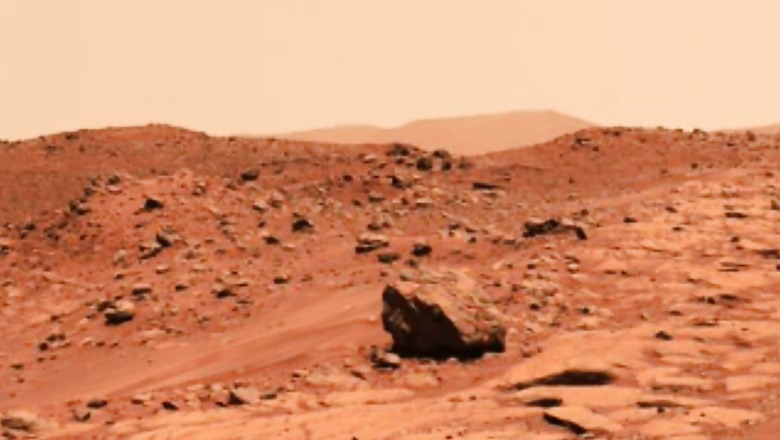
views
The prospect of life beyond Earth has always piqued human curiosity. Since humanity discovered that Mars and other surrounding planets were distinct from other vantage points of light in the night sky, people have conjectured the possibility of extraterrestrial life on these planets. The concept of “aliens” was first mentioned in writing about 200 AD in the satirical works of Assyrian author Lucian of Samosata. NASA and the European Space Agency (ESA) will now collaborate to look for indications of life on Mars, the United States space agency stated on Thursday.
Together, they will work on the ExoMars Rosalind Franklin rover, a mission headed by ESA that will explore Mars and launch in 2028. In accordance with the agreement, NASA will supply unique rover propulsion system components and heaters that are needed for a successful landing on Mars.
According to NASA, the rover will be the first to dig down to a maximum of 6.5 feet below the surface in order to gather ice samples that have been shielded from radiation from the surface and extremely high temperatures.
When it comes to the scientific hunt for signs of past life on Mars, the Rosalind Franklin rover’s distinctive drilling capabilities and onboard sample laboratory are extremely valuable. An official announcement from NASA Headquarters in Washington cited Nicola Fox, assistant administrator, Science Mission Directorate.
“NASA supports the Rosalind Franklin mission to continue the strong partnership between the United States and Europe to explore the unknown in our solar system and beyond.”
Due to Russia’s invasion of Ukraine two years ago, ESA severed its connections with Roscosmos, the space agency that had been the primary collaborator on ExoMars. Consequently, the mission’s planned launch window was missed, and it now has to wait until 2028.
The Mars Organic Molecule Analyzer, the rover’s main science instrument, is being developed by NASA with significant assistance from Germany and France. This instrument is expected to play an important part in the mission to find the components of life in Martian soil samples.
NASA and space experts from all across the world have been funding research on Mars and are still reviewing the data gathered from journeys to the planet, all of which have been completed without any humans setting foot on the Martian surface.
NASA refers to this initiative as their “most ambitious, multi-mission” programme to date.
NASA and the ESA have been collaborating on a number of upcoming missions that would bring back samples of Martian soil to Earth.
The project’s cost has increased significantly, rising from $5 billion to over $11 billion.


















Comments
0 comment